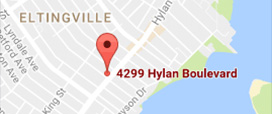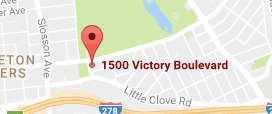Laser Vision Correction
Laser vision correction includes both LASIK and PRK. Both procedures are available to treat near sightedness, farsightedness and astigmatism. In both forms of laser vision correction (LVC), the transparent cornea at the front of the eyes reshaped using your prescription. The excimer laser produces a cool beam of ultraviolet light energy capable of removing very precise amounts of corneal tissue to the change the shape or curvature of the cornea. This is how the vision improves.
In the LASIK procedure, a protective corneal flap is created on a hinge. Once the flap is lifted the laser reshapes the corneal layers beneath the flap. The flap is then placed back into its original position. Since the corneal surface is untouched by the laser, minimal discomfort is felt after the procedure, less healing time is required and your eyesight rapidly improves overnight.
In PRK, there is no flap and the laser is applied to the surface of the cornea once the top protective layer (epithelium) is removed. The surface layers of the cornea completely regenerate but are more sensitive than the deeper layers that are lasered. For this reason patients can experience more discomfort post operatively and there is a longer recovery time. However since there is no flap used in PRK, more corneal tissue is preserved and risk of a flap complication is eliminated.
Laser vision correction is primarily used to correct your distance vision. Most people as they age will require the use of reading glasses for near vision. This condition is called presbyopia and is normal and expected in all individuals.
During the immediate postoperative periods patients can experience some foreign body sensation, pain, sensitivity to bright lights, blurred vision, tearing, drying and fluctuation of your vision. These symptoms typically resolve very quickly after LASIK but may take a few extra days after PRK.
Overcorrection and under correction can occur and may lead to blurry vision. This can usually be treated with an enhancement procedure once the vision becomes stable. You may need to wear glasses temporarily.
In rare instances some patients may experience glare, halos or "star bursting" around lights. These symptoms may interfere with your night vision. While we cannot predict who will experience these symptoms, some doctors believe that large pupils or high degrees of correction may increase your risk. Typically, these problems are temporary but for some individuals they may be permanent.
If you are or may be pregnant, you should not have LVC performed.





